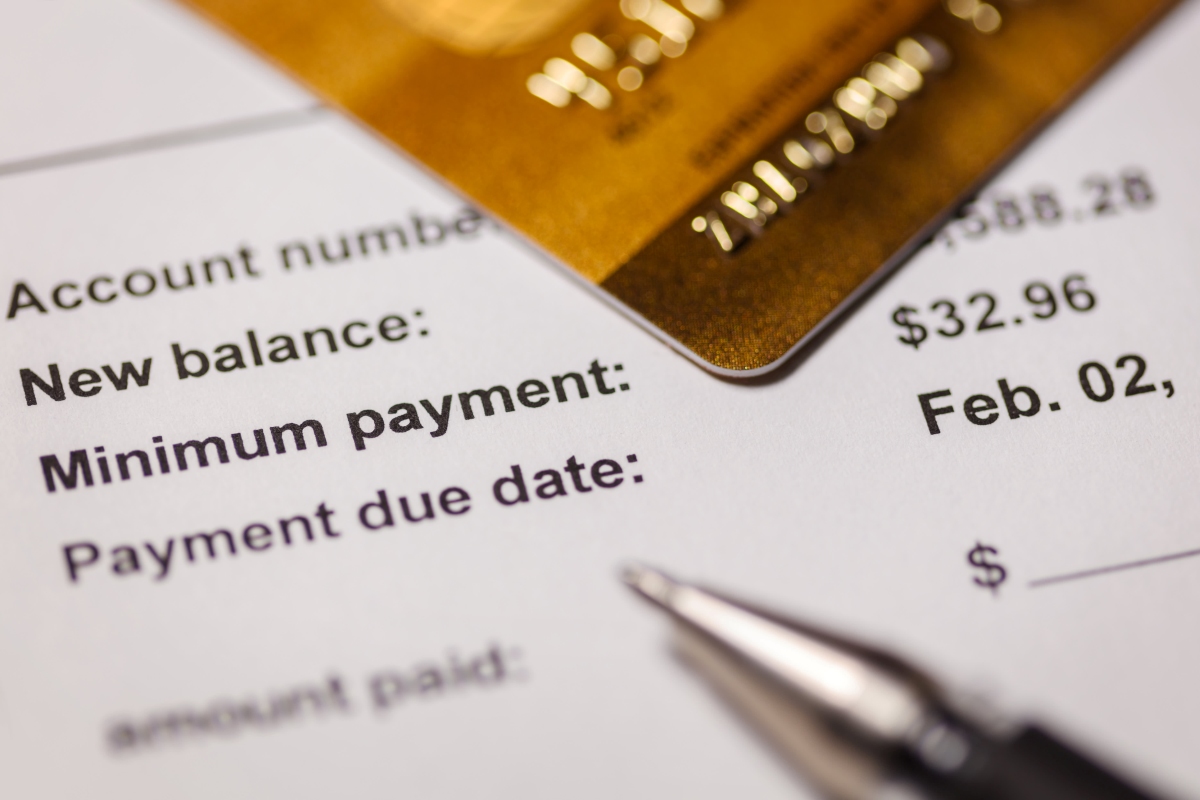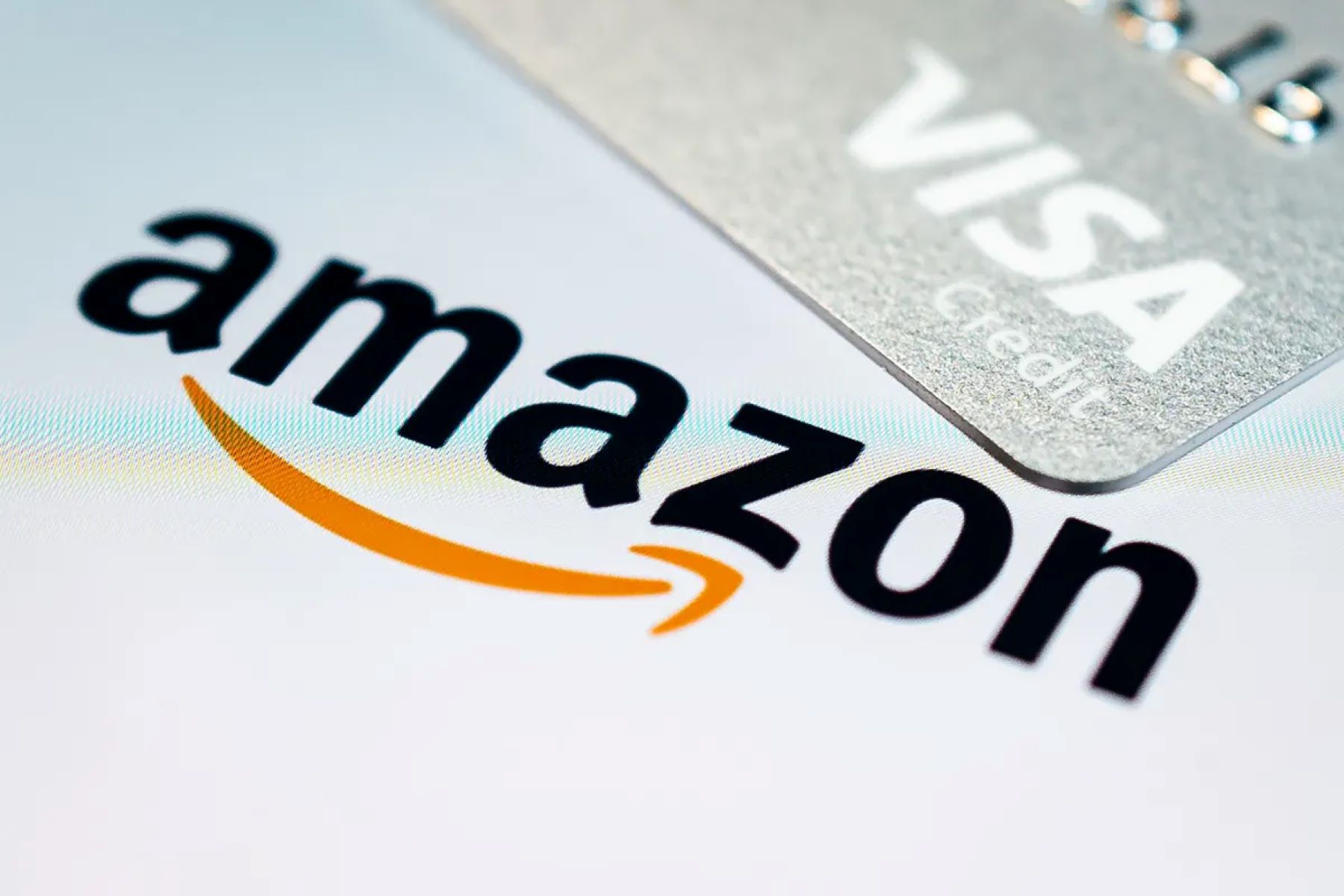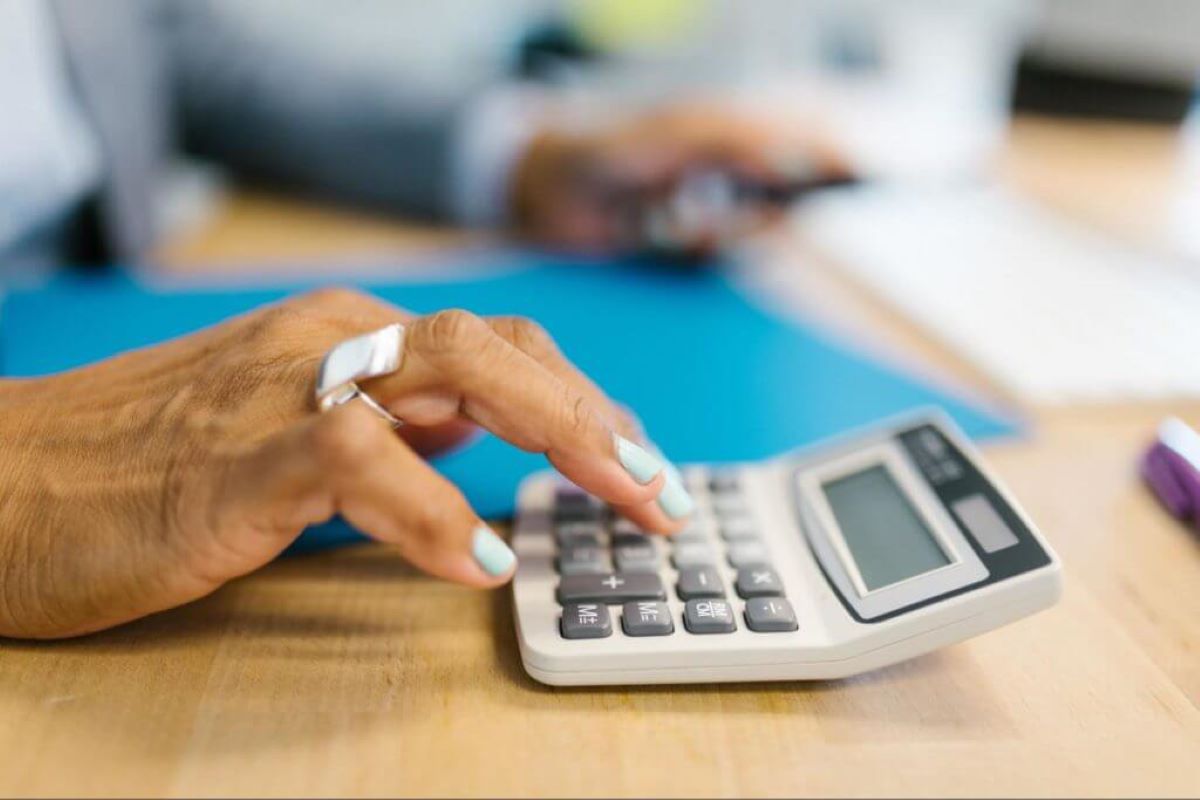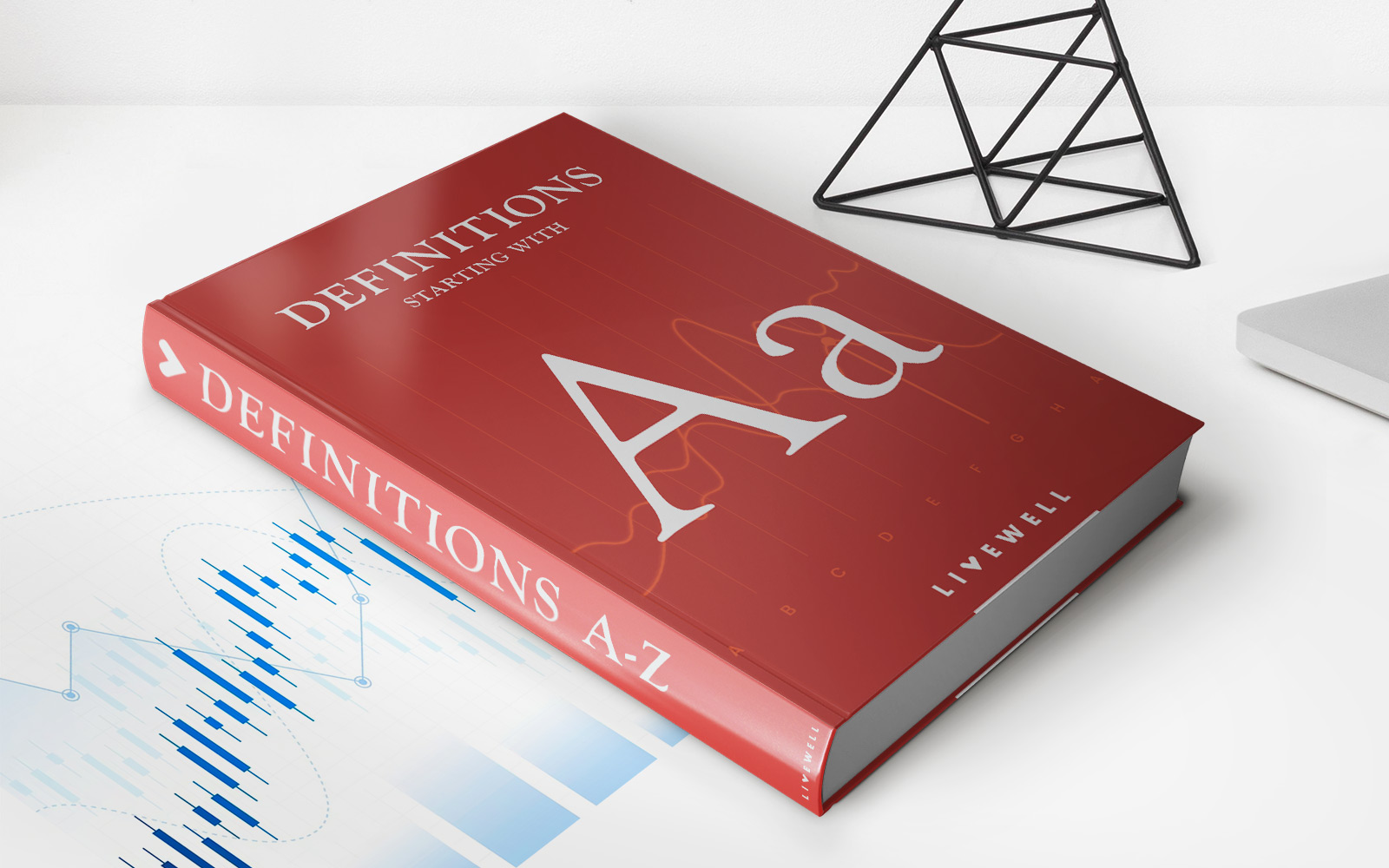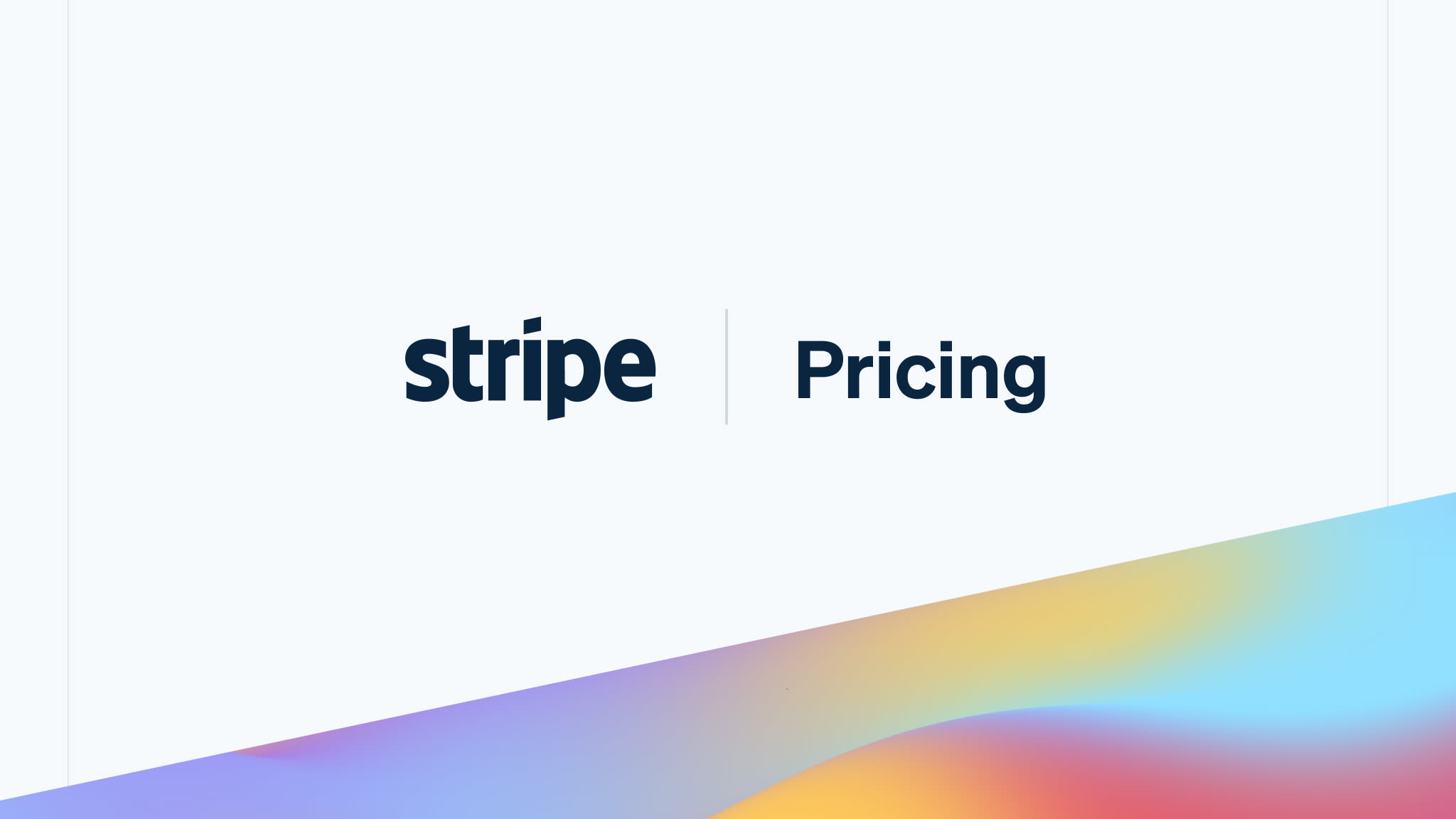Home>Finance>How Long Will It Take To Pay Off $6000.00 On A Credit Card At Minimum Payment


Finance
How Long Will It Take To Pay Off $6000.00 On A Credit Card At Minimum Payment
Published: February 27, 2024
Find out how long it will take to pay off a $6000.00 credit card balance at the minimum payment and take control of your finances. Understanding the timeline for debt repayment is essential for effective financial planning.
(Many of the links in this article redirect to a specific reviewed product. Your purchase of these products through affiliate links helps to generate commission for LiveWell, at no extra cost. Learn more)
Table of Contents
Introduction
Understanding the Dynamics of Credit Card Debt Repayment
Credit cards have become a ubiquitous financial tool, offering convenience and flexibility in managing day-to-day expenses and larger purchases. However, the ease of swiping a card often leads to accumulation of debt, especially when the outstanding balance is not promptly repaid. This can result in substantial interest charges and prolonged repayment periods, impacting one's financial well-being.
When it comes to credit card debt, making only the minimum payment can prolong the repayment process and significantly increase the total amount repaid. Many individuals find themselves in the cycle of making minimum payments, barely chipping away at the principal balance while being burdened by high-interest charges. Understanding the implications of minimum payments and the potential timeline for debt repayment is crucial for making informed financial decisions.
In this article, we will delve into the concept of minimum payments on credit cards and explore the implications of carrying a $6000 balance while making only the minimum monthly payment. By examining the factors that influence the time required to pay off such a debt, we aim to provide insights into the potential challenges and strategies for accelerating the repayment process. Additionally, practical tips for managing credit card debt more effectively will be discussed, empowering individuals to take control of their financial obligations and work towards a debt-free future.
As we embark on this exploration of credit card debt and repayment dynamics, it is essential to recognize the importance of informed financial management and the impact it can have on long-term financial stability. Let's dive into the intricacies of credit card minimum payments and the journey towards liberating oneself from the burdens of high-interest debt.
Understanding Credit Card Minimum Payments
Impact of Minimum Payments on Credit Card Debt
Credit card minimum payments are the lowest amount that a cardholder is required to pay each month to keep the account in good standing. While making the minimum payment ensures that one avoids late fees and potential negative credit reporting, it often leads to a prolonged repayment period and substantial interest accrual. The minimum payment is typically calculated as a percentage of the outstanding balance, usually around 1-3%, with a minimum dollar amount, such as $25, whichever is greater.
It is essential to comprehend that making only the minimum payment on a credit card results in a significant portion of the payment going towards interest, with a smaller fraction contributing to reducing the principal balance. This perpetuates the cycle of debt and can lead to a substantial increase in the total amount repaid over time. For individuals carrying a $6000 balance on their credit card, the impact of minimum payments becomes evident as the interest continues to accumulate, prolonging the debt repayment journey.
Moreover, the Credit CARD Act of 2009 mandated that credit card statements include a repayment timeline, revealing the number of years and total interest cost it would take to pay off the balance by making only minimum payments. This transparency aimed to educate consumers about the long-term implications of minimum payments and encourage them to consider alternative repayment strategies.
Understanding the dynamics of credit card minimum payments empowers individuals to make informed decisions regarding their debt repayment strategy. By recognizing the implications of minimal payments on the overall debt burden, cardholders can explore proactive measures to expedite the repayment process and mitigate the impact of accruing interest.
As we grasp the significance of minimum payments in the context of credit card debt, it becomes evident that strategic approaches to debt management are essential for achieving financial freedom and minimizing the long-term cost of carrying a balance. Let’s now delve into the calculations and considerations involved in determining the time required to pay off a $6000 credit card debt at the minimum monthly payment.
Calculating the Time to Pay Off $6000 at Minimum Payment
Understanding the Timeline and Costs of Minimum Payments
When faced with credit card debt, especially a substantial balance like $6000, understanding the time and cost implications of making only the minimum payment is crucial. By delving into the calculations involved, individuals can gain insights into the extended timeline for debt repayment and the cumulative interest expenses incurred along the way.
For the purpose of illustration, let’s consider a hypothetical scenario where an individual has a $6000 balance on a credit card with an annual interest rate of 18% and a minimum monthly payment of 3% of the outstanding balance. Using these parameters, we can calculate the time required to pay off the debt and the total interest cost incurred by making only the minimum payment.
Using a credit card minimum payment calculator or a similar tool, the calculations reveal that with an 18% annual interest rate and a minimum payment of 3% of the balance, the time to pay off the $6000 debt at the minimum payment would exceed 13 years. Additionally, the total interest paid over this extended period could amount to over $5500, nearly doubling the initial balance.
These calculations underscore the significant impact of minimum payments on the overall cost and duration of debt repayment. While the allure of minimum payments lies in their immediate affordability, the long-term consequences in terms of accrued interest and prolonged repayment timelines necessitate a strategic approach to managing credit card debt.
By shedding light on the extensive timeline and substantial interest expenses associated with making only the minimum payment on a $6000 credit card balance, individuals are encouraged to explore alternative repayment strategies and take proactive steps towards accelerating the debt payoff process. The next section will delve into practical tips and insights for paying off credit card debt faster, empowering individuals to reclaim financial control and minimize the burden of high-interest debt.
Tips for Paying Off Credit Card Debt Faster
Empowering Strategies for Accelerated Debt Repayment
While the prospect of carrying credit card debt can seem daunting, there are actionable strategies that individuals can employ to expedite the repayment process and alleviate the burden of high-interest debt. By implementing these tips, individuals can take proactive steps towards financial freedom and minimize the long-term costs associated with credit card balances.
- Create a Repayment Plan: Develop a structured repayment plan that allocates a specific amount towards paying off the credit card debt each month. By committing to a fixed repayment strategy, individuals can systematically reduce the outstanding balance and minimize the impact of accruing interest.
- Allocate Windfalls Towards Debt: Utilize unexpected windfalls, such as tax refunds or work bonuses, to make lump sum payments towards the credit card balance. This approach can significantly reduce the principal amount owed and expedite the debt payoff timeline.
- Consider Balance Transfer Options: Explore the possibility of transferring the existing credit card balance to a card with a lower or 0% introductory APR. This can provide temporary relief from high-interest charges, allowing individuals to focus on repaying the principal balance more effectively.
- Limit New Credit Card Usage: To prevent further accumulation of debt, exercise restraint in using credit cards for discretionary expenses. By curbing new charges, individuals can concentrate on reducing the existing balance without adding to their financial obligations.
- Seek Additional Income Sources: Consider leveraging additional income streams, such as freelance work or part-time employment, to supplement regular earnings and allocate the extra funds towards credit card debt repayment.
- Explore Debt Consolidation Options: Investigate the potential benefits of consolidating multiple high-interest debts into a single, more manageable loan with a lower interest rate. This can streamline the repayment process and reduce the overall interest expenses.
By integrating these proactive approaches into their financial management, individuals can navigate the path to debt freedom with greater confidence and efficacy. These strategies not only facilitate accelerated debt repayment but also empower individuals to regain control over their financial well-being and minimize the long-term costs associated with credit card debt.
As we equip ourselves with these actionable tips for managing credit card debt more effectively, it becomes evident that informed financial decisions and proactive debt management are instrumental in achieving financial stability and freedom from the constraints of high-interest debt. Let’s now reflect on the insights gained and explore the significance of strategic debt management in the journey towards long-term financial well-being.
Conclusion
Navigating the Path to Financial Liberation
As we conclude our exploration of credit card debt and the implications of making minimum payments, it becomes evident that informed financial management is paramount in navigating the complexities of debt repayment. The dynamics of credit card minimum payments underscore the potential for prolonged repayment timelines and substantial interest costs, emphasizing the need for proactive strategies to expedite debt payoff and minimize long-term financial burden.
By understanding the impact of minimum payments on a $6000 credit card balance, individuals are empowered to make informed decisions regarding their debt repayment approach. The calculations and considerations involved in determining the time required to pay off such a debt at the minimum monthly payment shed light on the extended timeline and cumulative interest expenses, prompting individuals to explore alternative repayment strategies and take proactive steps towards financial liberation.
Furthermore, the actionable tips for paying off credit card debt faster provide individuals with empowering strategies to accelerate the debt repayment process and minimize the long-term costs associated with high-interest debt. By implementing structured repayment plans, leveraging windfalls, and exploring debt consolidation options, individuals can reclaim financial control and work towards a debt-free future with confidence and efficacy.
As we reflect on the significance of strategic debt management, it is evident that proactive financial decisions and informed debt repayment strategies are instrumental in achieving long-term financial stability. By navigating the path to financial liberation with diligence and determination, individuals can mitigate the impact of credit card debt and pave the way towards a future characterized by financial freedom and empowerment.
Ultimately, the journey towards debt freedom begins with a commitment to informed financial management, proactive debt repayment, and a steadfast focus on minimizing the long-term costs associated with credit card debt. By embracing these principles, individuals can embark on a transformative path towards financial well-being and liberation from the constraints of high-interest debt.

